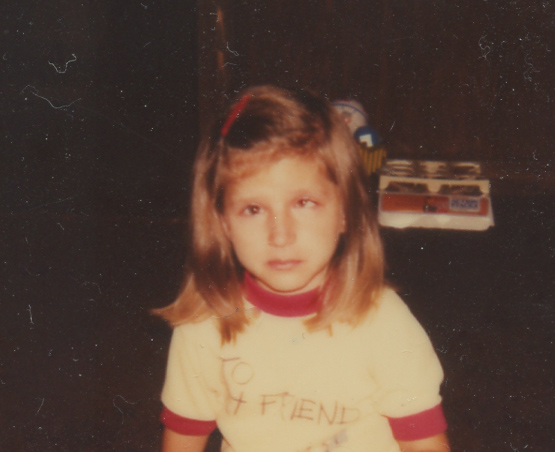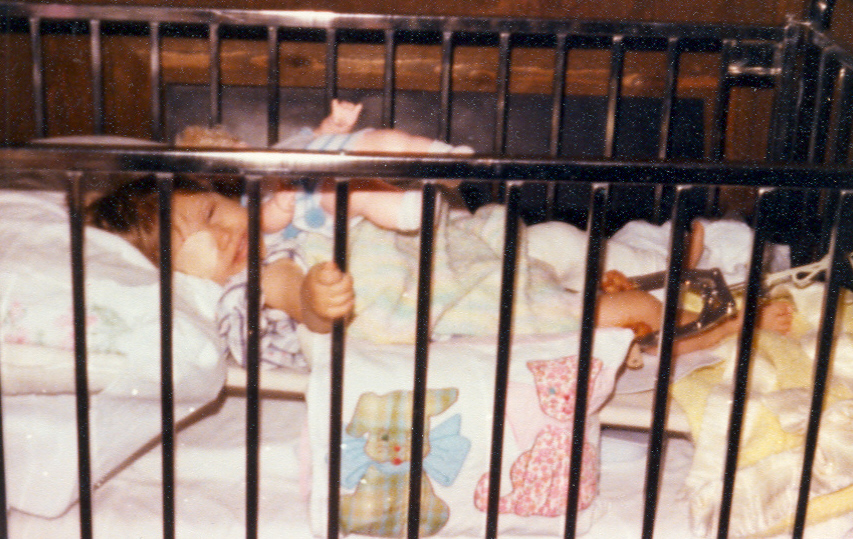Handle Me with Care
Our family’s journey to the Wright School was a long one and one impacted by the Global Pandemic known as Covid. Yet, even before and as Covid hit us, I was scrambling to get services and resources with a kid on Home Hospital. How to fill my child’s day with things he might enjoy when it felt like his interests were so limited? Meanwhile boredom always lead to tears and frustration from everyone. So, I looked for supplemental schools and therapy. On the advice of my kid’s therapist, I even looked seriously at ABA therapy for the first time.
There were several reasons I didn’t look into or consider ABA earlier. My kiddo didn’t get the official Autism stamp of approval until he was ending preschool, and headed to full day Kindergarten. Not that he was too old, but he wasn’t in the sweet spot when so many kids get ABA at home. When he was younger he was just classified as unspecified developmental delay, and Autism specifically wasn’t on any paperwork. I think I asked our developmental therapist about ABA once and she just shrugged, and said it wouldn’t be a good fit for my kid.
Applied Behavior Analysis has been the gold standard for Autism therapy for years, and its also highly controversial. I was in the dark about the controversy until I started to follow and read the experiences of adults who were diagnosed with Autism and received ABA as children. As with most things, I read and learned as much as I can. What I learned was that ABA was developed by Ole Ivar Lovaas. He also created Gay Conversion Therapy. The idea in the beginning was to make someone appear less autistic. Rewards and punishments all with the goal of eye contact, no stimming, and speaking when spoken to. Its all under the umbrella of looking neurotypical.
Now if you talk to many folks they will swear that ABA has changed. I’m not so convinced. Mainly because they’re still using behaviorism. This idea that rewards will change behavior. Think B.F. Skinner and his rats. I’ve used so many reward methods with and without some sort of discipline associated. I took away so many things from my kiddo, that at one point there was just a bed and crash pad in his room. I’ve used reward charts, jars and things where everything was positive. Yet none of this worked. I used in conjunction with what I thought was accommodating his needs. All I got was a kid so anxious that he’d not get a reward and at the end of the day he sabotaged himself.
Still, I was going to give anything a chance at this stage. Maybe I was mistaken and they unlocked some new strategy I’d never tried. So, my kiddo went in for a very pricey evaluation. My family were most interested at the time to getting kiddo back to being able to tolerate everyone eating together at a dinner table. He seemed to be really rigid around even seeing other people eat food he didn’t like. There were also a myriad of other issues I had in my head.
When I got the evaluation back it was like seeing a plan from the underpants gnomes from South Park.
Autistic / Sensory Issue —> ?—> Goal Met
When I asked how they were going to meet their goals with an emphasis that rewards and withholding things wouldn’t work, no one had an answer. They didn’t even talk about relationships. It was just that they’d be able to make rewards and ‘other things’ work this time. When kiddo said he didn’t like it there at their office I took it as the last sign. Nope.
So what did I do instead? At the same time our therapist gave us ABA recommendations, she also gave me an article on Polyvagal Theory. I began to read everything I could on the Polyvagal Theory. I read Beyond Behaviors by Mona Delahooke PhD. It’s still a work in progress but I began throwing all the discipline/punishment way of parenting that I had been taught my entire life. I went on a journey of creating a home life that calm and truly accommodating. I really stopped pushing that we needed to be normal and embraced kiddo for himself. I began to completely reframe Autism as our new normal.
So in the midst of a global Pandemic, some things in our house got significantly better. By changing my mindset, I began to see where I was pushing for things that weren’t necessary. If my kiddo ate a meal on his own and it made him happier and he felt he could trust me, then great. I needed to realize that no amount of rewards were going to change his sensory profile. My kid needed to feel safe and secure. Home was the first place to start.
In the archives , you can read my other struggles during that time. So, many things were going on at once and I was trying to reframe my state of mind as a parent. The best thing is that it worked. We’re not perfect, but the change has been dramatic. So, if you’ve rejected ABA and wondering if there is anything else out there, there is, and it works.
What does this have to do with Wright School? Well it put my family on a track that while we waited we survived as a functioning family. It put our minds and some of the philosophy of the Wright School in sync. It got us through a significant waiting period when there was nothing I could do when the world shut down. It was simply part of my family’s journey.
Links to Polyvagal Theory https://www.youtube.com/watch?v=ec3AUMDjtKQ&ab_channel=PsychAlive
Mona Delahooke PhD (She also has a new wonderful book out) https://monadelahooke.com/beyond-behaviors/




